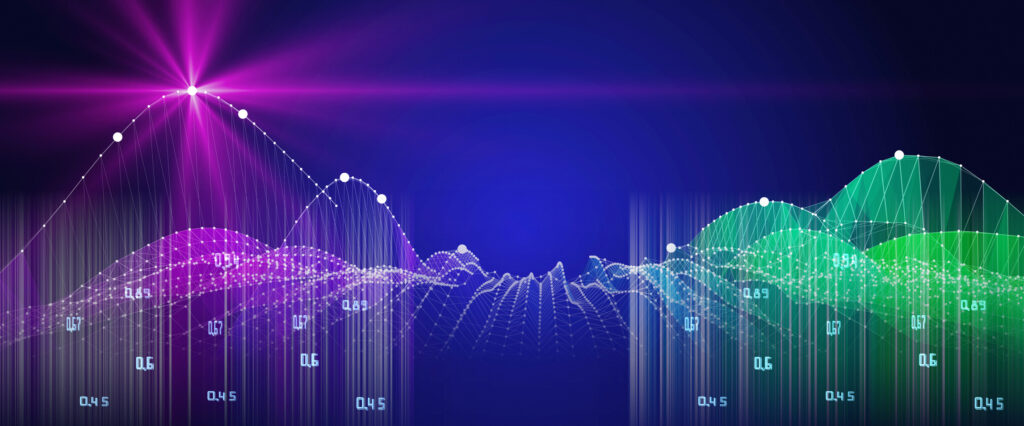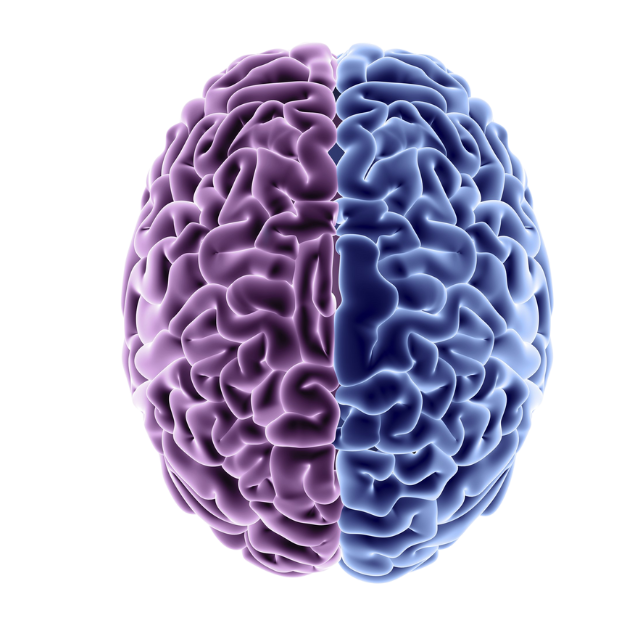The Neurobiology of Flow
Flow is an altered state of consciousness in which an individual can think and perform at their best. This cognitive state manifests when there is complete attentional absorption while performing a task.
You’ve most likely heard this term used to describe elite athletes when the “get into the zone.” The outside noise fades away as they narrow in on the task at hand. It’s characterized by deliberate focus, mental clarity and increased motivation.
Recent strides have shed light on the intricate neurophysiological underpinnings of the flow state. Researchers have identified key neural networks and neuromodulatory processes that contribute to the onset and sustenance of this state. In their book, Stealing Fire: How Silicon Valley, The Navy SEALs, and Maverick Scientists are Revolutionizing the Way We Live and Work, Steven Kotler and Jamie Wheal explain during flow, there’s a slow-down of neuroelectric activity: a shut-down of the prefrontal cortex, the part of the brain that’s responsible for analyzing, planning and preparing. This is also the part that activates those survival and fear-based regions, and keep us tied to our limiting beliefs and identifications. There’s also a deactivation in the neuronal network that drives self-consciousness, and a presence of at least a few of the ‘Big Six’ neurochemicals: serotonin, norepinephrine, endorphins, anandamide, and oxytocin.
According to the research findings, “Flow occurs when certain internal as well as external conditions are present, including intense concentration, a sense of control, feedback, and a balance between the challenge of the task and the relevant skillset. Phenomenologically, flow is accompanied by a loss of self-consciousness, seamless integration of action and awareness, and acute changes in time perception.”
What to Expect
Experiencing Oneness
Steven Kotler, founder of The Flow Research Collective and global leader in peak performance research and training, details the psychological benefit of the flow state. Before giving us access to something more, this altered state first make us feel “less,” and what’s missing is our inner critic, our neurotic selves, that compulsive need to compare and compete.
“What you find in this state is freedom: First from yourself, then the freedom to express yourself and then freedom to explore what it actually possible.”
Jason Silva, Futurist and Keynote Speaker
Flow states can also be cultivated among team members, in group settings. Commander of the Navy SEALs, Rich Davis, identifies this moment as “the switch.” A moment where an individual stops feeling like a separate being, with their own worries, contemplations, and need to rise above others and prove themselves. They drop into a hive mind of collective awareness, able to form a team that thinks and moves together.
In flow states, we’re no longer dominated by the stressful survival emotions that reinforce our separation from others. This heightened sense of awareness makes us feel as if we are connected to something much larger than ourselves. As Jason Silva notes, “It’s as if we understand the intelligence that runs through the universe.” Inside and outside the body is experienced as a seamless whole.
Experiencing this sense of ‘oneness’ is what’s driven people to take on extraordinary challenges. Astronauts, in particular, have reported a drastic change in perception, a feeling where the ego completely dissolves and merges with the infinite universe. In an article with The Cut, Jeff Bezos noted, “To see the Earth from space, it changes you. It changes your relationship with this planet, with humanity. You realize it’s one Earth.”
Modern society continues to expand our limited perception of flow and is yielding more avenues to drop into it. We now have military officers going on meditation retreats, famous tech founders visiting transformational music festivals [and] high executives at Google and teams of Navy SEALs cultivating awareness within ‘mind gyms’ (Stealing Fire).
Timelessness
We’ve all felt the feeling like we’re running out of time. But, when we get into a flow state, we connect to the timeless, spaceless realm of quantum field. Physically, our heart rate slows, blood pressure lowers, pre-frontal cortex activity subsides, and the body decreases production of stress hormones that make us feel as if we’re “running out of time.”
Time is an aspect of our perception, a “calculation that’s performed in the brain.” The Brain and Cognition Research Center at the French National Centre for Scientific Research has isolated neural pathways responsible for recording and recalling the sequence of time. Central to this process are neurons in the hippocampus, now coined “time cells,” which engage in a bi-directional feedback loop with the prefrontal cortex. These brain functions are what make us believe that time moves linearly: from expectation, through experience and into memory. But in quantum physics, there’s no concrete distinction between the past, present or future. These physicists suggest it only seems like it progresses this way because we exist to observe its passing. As psychological beings, we are biologically and neurologically wired to experience it that way. The study further revealed, “There is a representation of an internal or inherent flow of time that is not driven by something going on in the external world.”
Robert Lanza, MD, one of the world’s most notable scientists, supports this notion, claiming “It is the observer that creates the perception of time.” In an article with Big Think, Lanza stated, “In his papers on relativity, Einstein showed that time was relative to the observer. Our paper now takes it one step further, arguing the observer actually creates it.”
In a flow state, we achieve a ‘metacognition,’ or total awareness where we realize we can accomplish a lot more by doing a lot less. Being able to transcend those anxious feelings of ‘running out of time’ makes us realize how many cognitive resources are wasted in the process. When you’re free from those neurotic, primitive parts of the brain, you’re more easily able to immerse yourself in the ‘deep now,’ connected a greater source of creative potential. Studies as Stanford University (Aker) reveal that even brief moments of experiencing timelessness is so powerful that it has the potential to create long-term shifts in our behavior. Subjects were found to feel as if they has more time available, were less impatient, more willing to volunteer and help others, more strongly preferred experiences over material possessions and experienced greater boosts in life satisfaction.
Enhanced Motivation
In today’s world we are drowning in information, yet starving for motivation. With flow states, we fall in love with the process without worrying so much about the results. The intrinsic rewards we get from getting our of our own head and escaping our fearful survival mechanisms is enough to keep us going. We’re effortlessly motivated to maintain momentum in experiencing these states, even when nothing seems to be changing in our external environment.
We can deliberately cultivate these incredible mental states to solve critical challenges, unleash creativity and enhance productivity. We undergo enhanced pattern recognition, able think outside the box to see more pieces of the puzzle we are trying to solve and make innovative connections that didn’t appear to us before. We develop more effective coping skills and are no longer bothered by trivial day-to-day things. We achieve a stronger sense of self, immune to the approval and disapproval of others. We can experience what it’s like to be fully present to what’s going on around us, bringing a sense of joy, connection and purpose that we don’t fear will go away (Stealing Fire).





